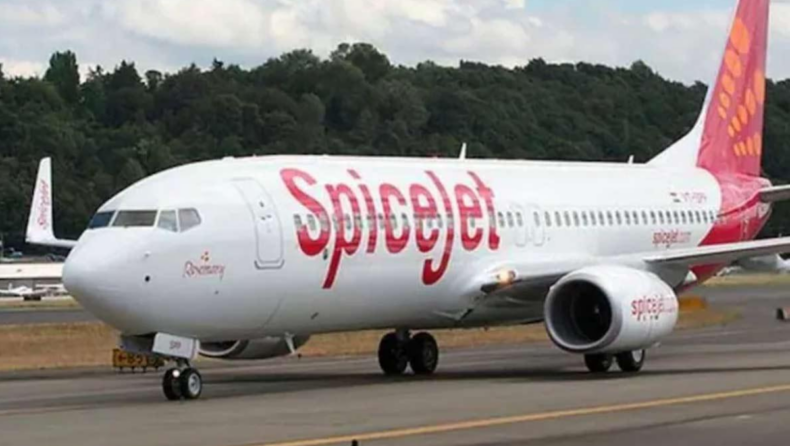Owing to a number of technical malfunctions, DGCA issued a show-case notice to the airline followed by 53 spot checks on 48 SpiceJet aircraft. The government has announced that there have been no major violations discovered.
According to the statement made by the Minister of State for Civil Aviation V K Singh on Monday, the aviation regulator DGCA carried out 53 spot checks on 48 SpiceJet aircraft between the dates of July 9 and July 13. However, it did not identify any severe safety violations.
In his written reply in Rajya Sabha, Singh informed that as a safety measure, the Directorate General of Civil Aviation (DGCA) has ordered SpiceJet to use certain identified aircraft for operations only after confirming to the regulator that all reported defects/malfunctions have been rectified.
In the period of 18 days beginning on June 19, planes operated by SpiceJet were involved in at least eight incidents of technical malfunction. As a consequence, the Directorate General of Civil Aviation (DGCA) issued a show-cause notice to the airline on July 6, stating that “poor internal safety oversight” and “inadequate maintenance actions” have led to a degradation of safety margins.
According to Singh’s statement, the regulating authority began performing spot checks on the airline’s aircraft only three days after it issued the notification. On July 13, the spot checks were officially finished.
“A total of 53 spot checks were carried out on 48 aircraft which did not find any major significant finding or safety violation,” he mentioned.
The process of safety oversight carried out by the DGCA includes a sequence of successive follow-up steps. These steps include the communication of observations or findings to the airlines in order to prompt them to take corrective action, the review of corrective action taken by the airlines for taking a decision, and the initiation of enforcement action in the form of a warning, suspension, cancellation, or the imposition of a financial penalty to the person or the airline involved, as he pointed out.
Show-cause notice sent to SpiceJet
The regulator stated in a notice sent to SpiceJet on July 6 that the airline had failed to establish safe, efficient, and dependable air services in accordance with the Aircraft Rules, 1937.
The notice added that the review of the incidents revealed that insufficient maintenance actions and poor internal safety oversight had degraded the safety margins. This was concluded because the majority of the incidents were linked to component failure or system-related failure. The airline was given three weeks by the regulator to respond to the notice.
Incidents in the recent past
On July 5, a SpiceJet freighter aircraft that was heading to Chongqing, China, turned around and flew back to Kolkata when the pilots realised after takeoff that the weather radar was non-functional. The airline’s Delhi-Dubai flight was diverted to Karachi on the same day owing to a malfunctioning fuel indicator, while its Kandla-Mumbai flight made a priority landing in the capital of Maharashtra when cracks appeared in its windshield mid-flight.
On July 2, a SpiceJet flight bound for Jabalpur was forced to turn around and head back to Delhi after the crew members noticed smoke in the cabin at a height of about 5,000 feet. On June 24 and June 25, two different SpiceJet aircraft had their fuselage door warning lights come on during takeoff, requiring the aircraft to abandon their respective journeys and return.
On June 19, shortly after takeoff from the Patna airport, an engine on the carrier’s flight with 185 passengers destined for Delhi caught fire. Minutes later, the plane made an emergency landing. A bird hit had caused the engine to malfunction. On the same day, another incident occurred that required a SpiceJet flight bound for Jabalpur to return to Delhi because of problems with cabin pressurisation.













